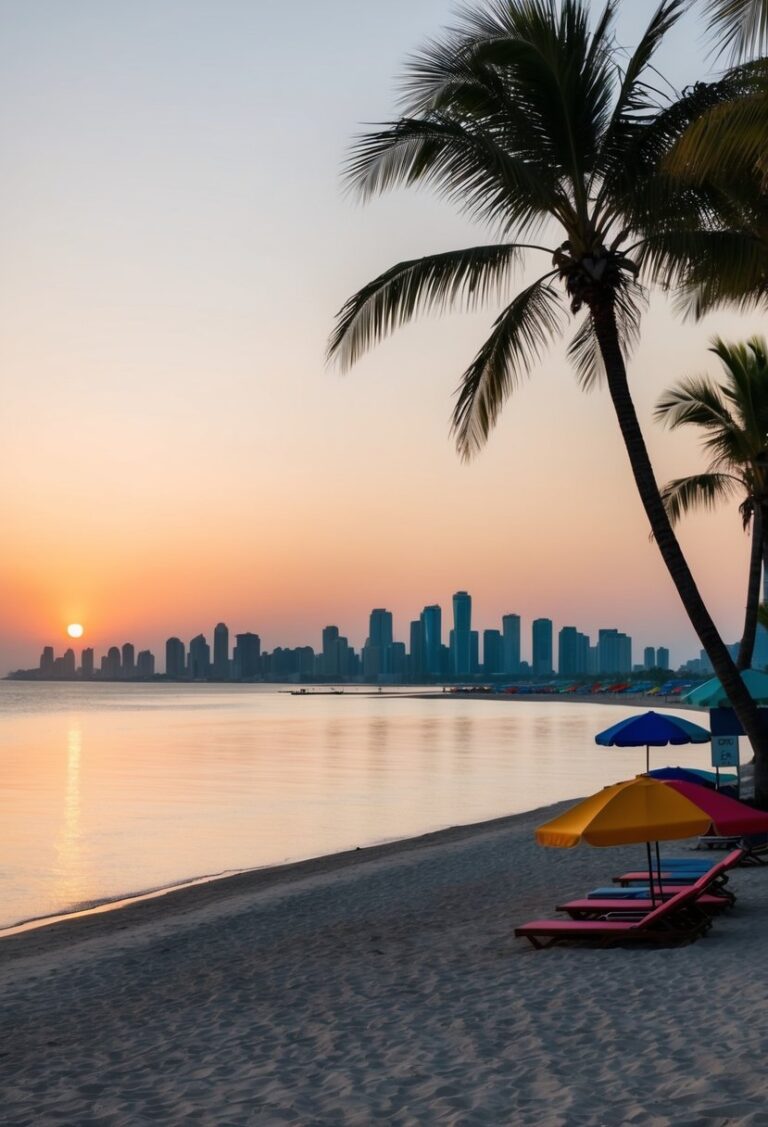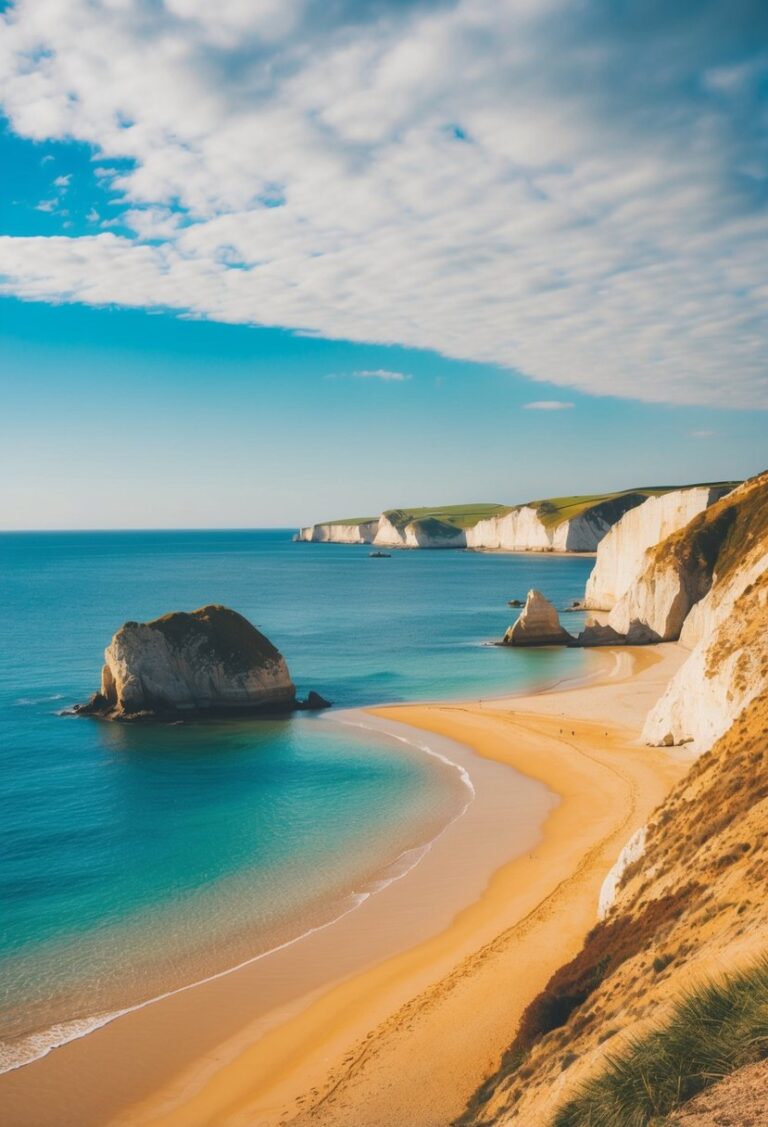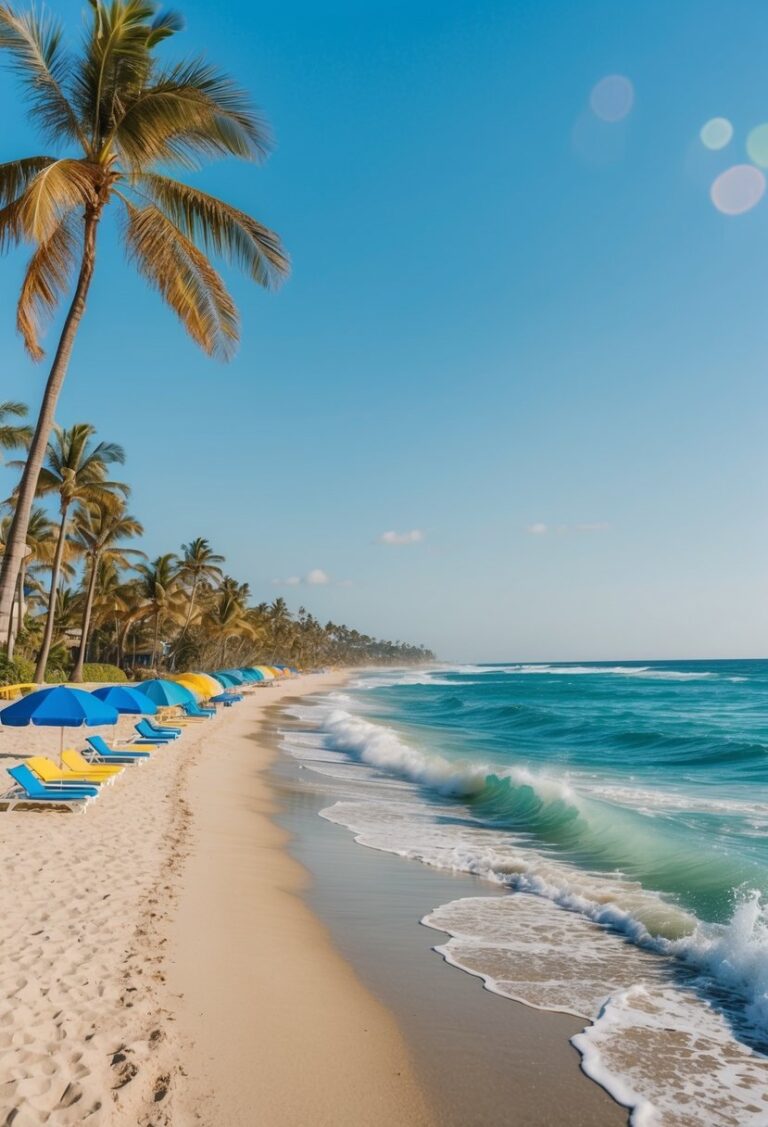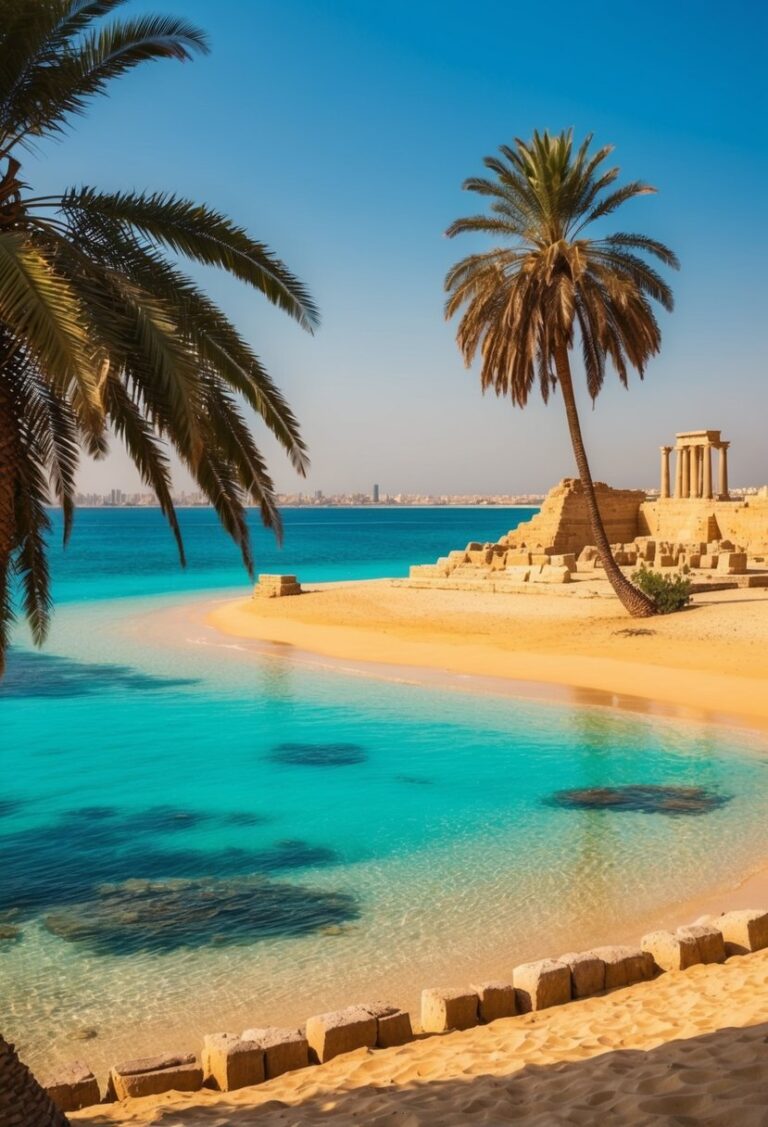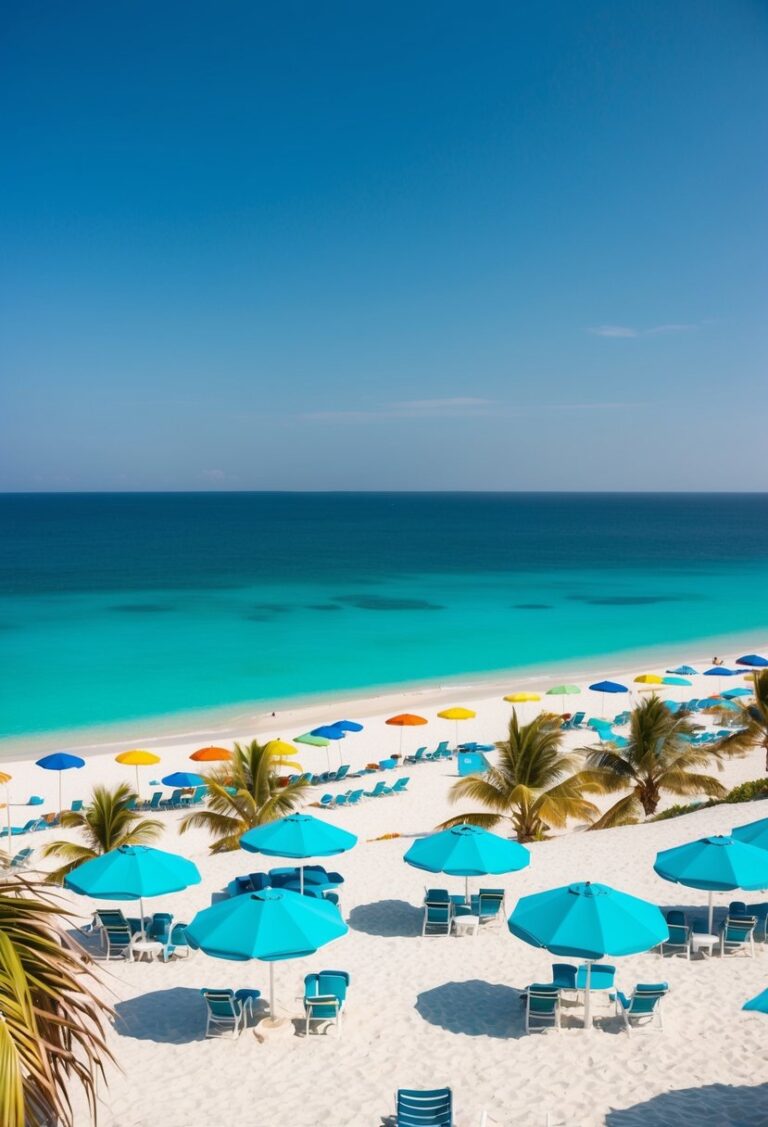5 Best Beaches in Uluwatu: Discover the Top Coastal Destinations
Uluwatu is a stunning destination in Bali known for its beautiful coastline and breathtaking beaches. Travelers often seek out the best spots to relax, surf, and enjoy the natural beauty of the area. This article highlights the five best beaches in Uluwatu, providing essential information for anyone planning a visit.
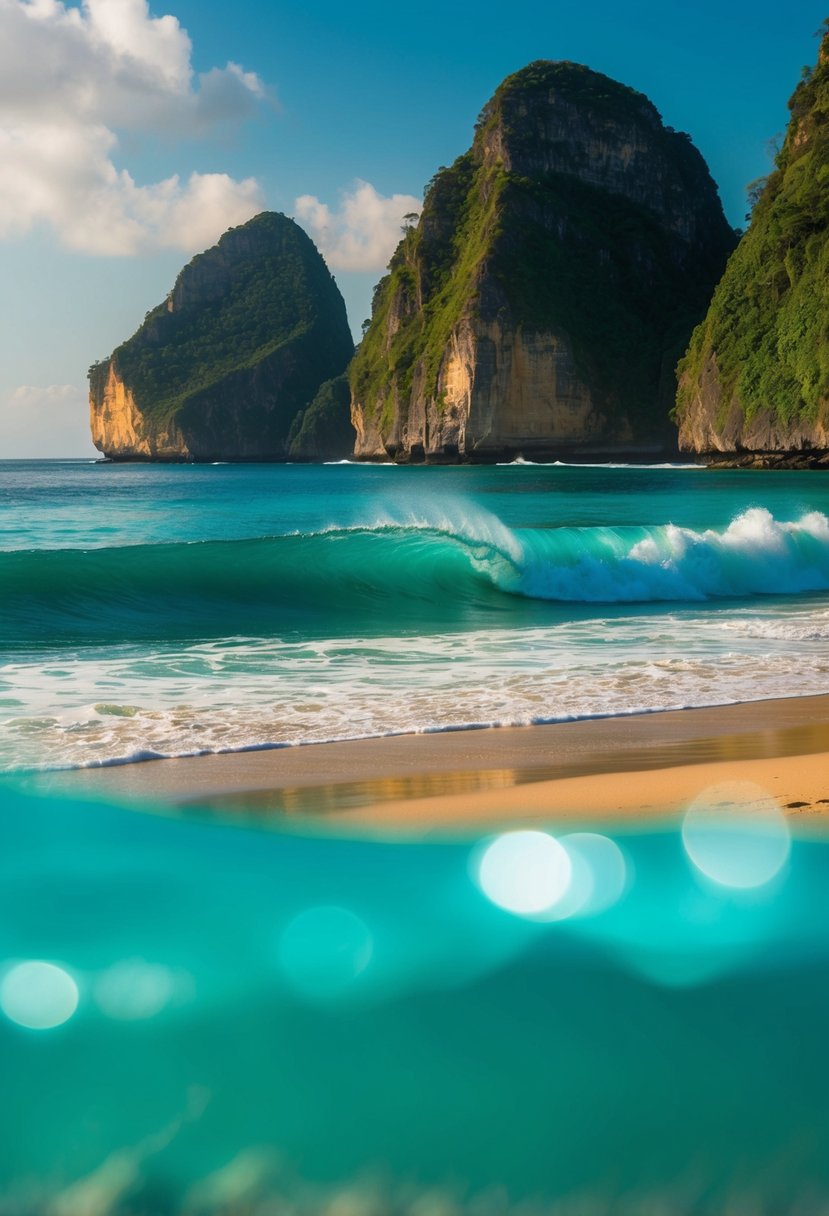
Each beach offers its own unique charm and activities, making Uluwatu a perfect spot for all types of beachgoers. Whether it’s lounging in the sun, exploring rocky cliffs, or catching waves, Uluwatu has something for everyone. By exploring these top five beaches, visitors can make the most of their trip to this picturesque location.
1) Padang Padang Beach
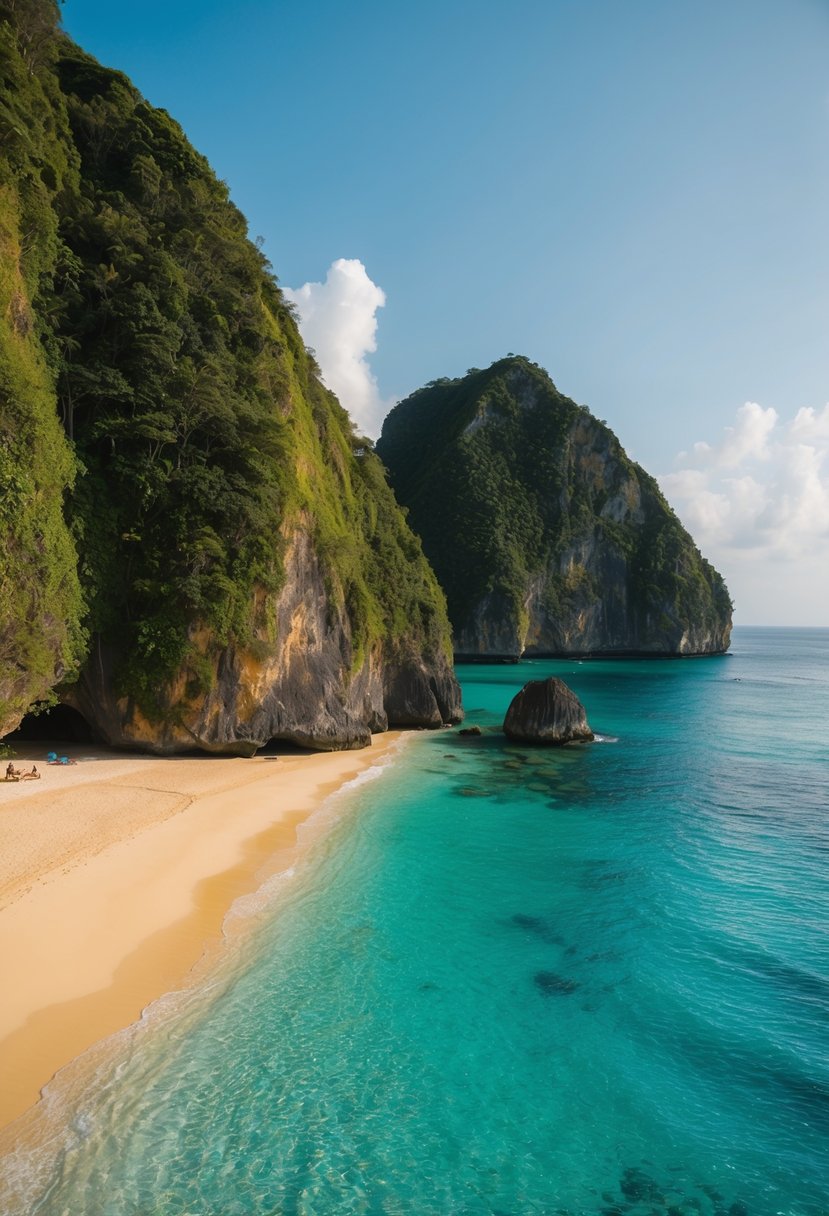
Padang Padang Beach, also known as Labuan Sait, is one of Uluwatu’s most famous spots. It became well-known after its appearance in the movie “Eat Pray Love.”
The beach is accessed through a narrow passage and a steep staircase that leads down a striking limestone cliff. This unique entrance adds an element of adventure for visitors.
Once at the beach, guests can enjoy soft sands and blue waters. The area is popular for surfing, attracting both beginners and experienced surfers.
There are also places to relax, such as beach clubs and cafes. Visitors can savor local dishes and fresh drinks while enjoying the view.
The surrounding cliffs provide a stunning backdrop, perfect for photography. Padang Padang Beach is not just a place to swim; it offers a complete beach experience.
This beach can get crowded, especially during peak tourist seasons. However, its beauty and amenities make it a must-visit location in Uluwatu.
2) Bingin Beach
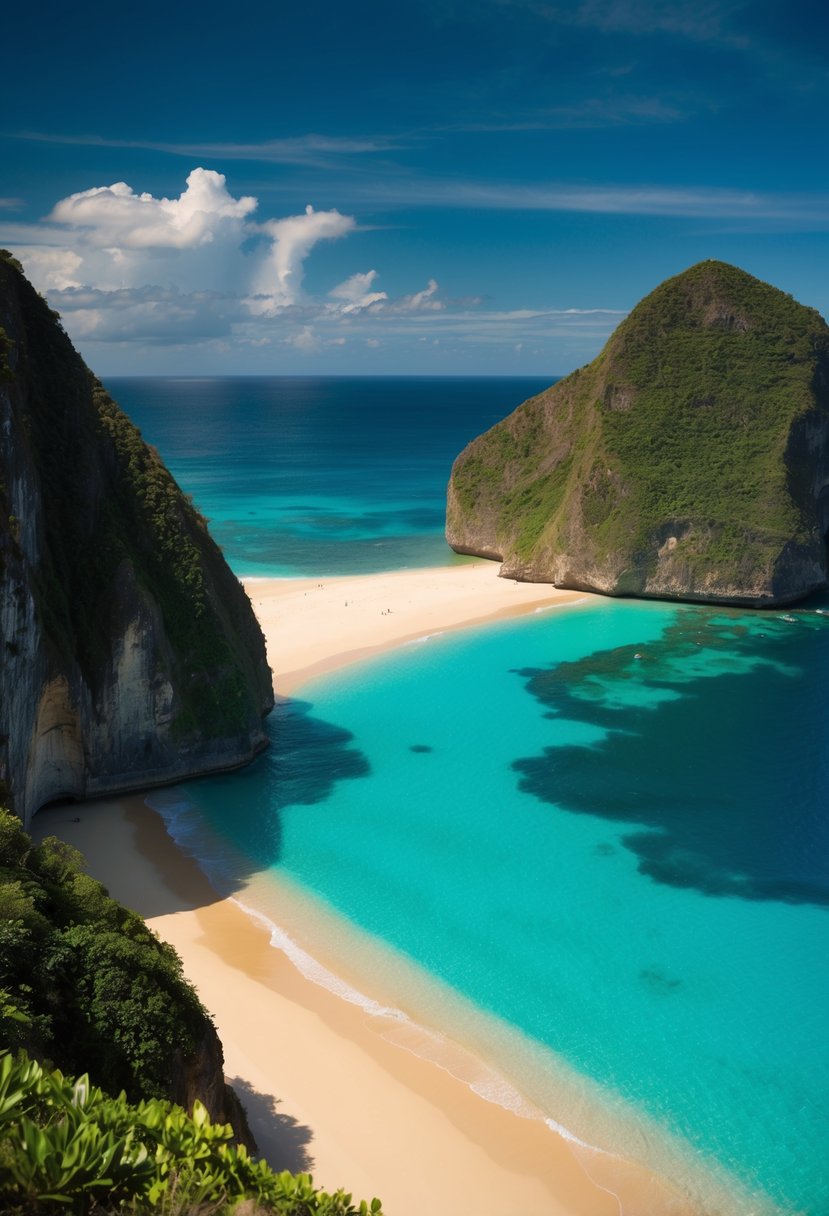
Bingin Beach is a popular destination in Uluwatu, known for its stunning scenery and excellent surf conditions. The beach features soft sand and beautiful blue waters.
Accessing Bingin Beach requires navigating over 150 steps down a cliff. This can be a challenge, but many find the view worth the effort.
The beach attracts surfers of all levels, especially experienced ones. The waves here are consistent, providing great opportunities for exciting rides.
During low tide, hidden caves and rock pools appear, making it a fascinating spot for exploration. However, swimming can be tricky during this time due to stronger currents.
Visitors often notice the relaxed vibe of the area. Various cafes and beach clubs are nearby, offering refreshments and meals.
Overall, Bingin Beach combines natural beauty with adventure, making it a must-visit location in Uluwatu. For more details, check out The 5 best beaches in Uluwatu you must visit.
3) Suluban Beach
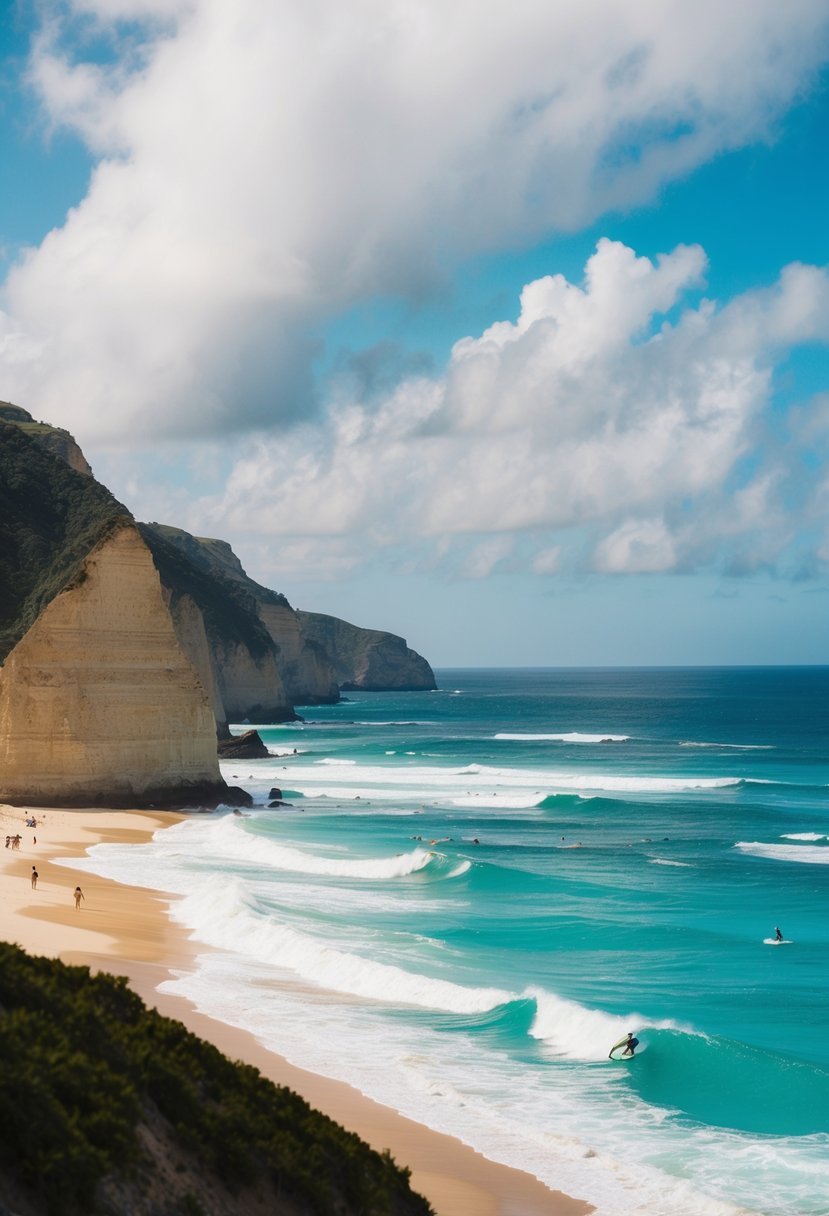
Suluban Beach, also known as Blue Point Beach, is situated in the Uluwatu region of Bali. It is famous for its impressive left-hand point break, attracting many surfers.
The beach is nestled beneath dramatic cliffs. Visitors can explore the surrounding caves and rocky formations, adding to the beach’s unique charm.
Accessing Suluban Beach typically involves a short walk down a set of stairs. The best time to visit is when the tide is low, making it easier to pass through the cave entrance.
This beach offers more than just surfing. It has beautiful views and a relaxed atmosphere, making it a great spot for sunbathing or enjoying a meal.
Restaurants nearby offer local cuisine with stunning views of the ocean. Suluban Beach is an ideal choice for those looking to experience the natural beauty of Bali while enjoying some quiet time.
4) Nyang Nyang Beach
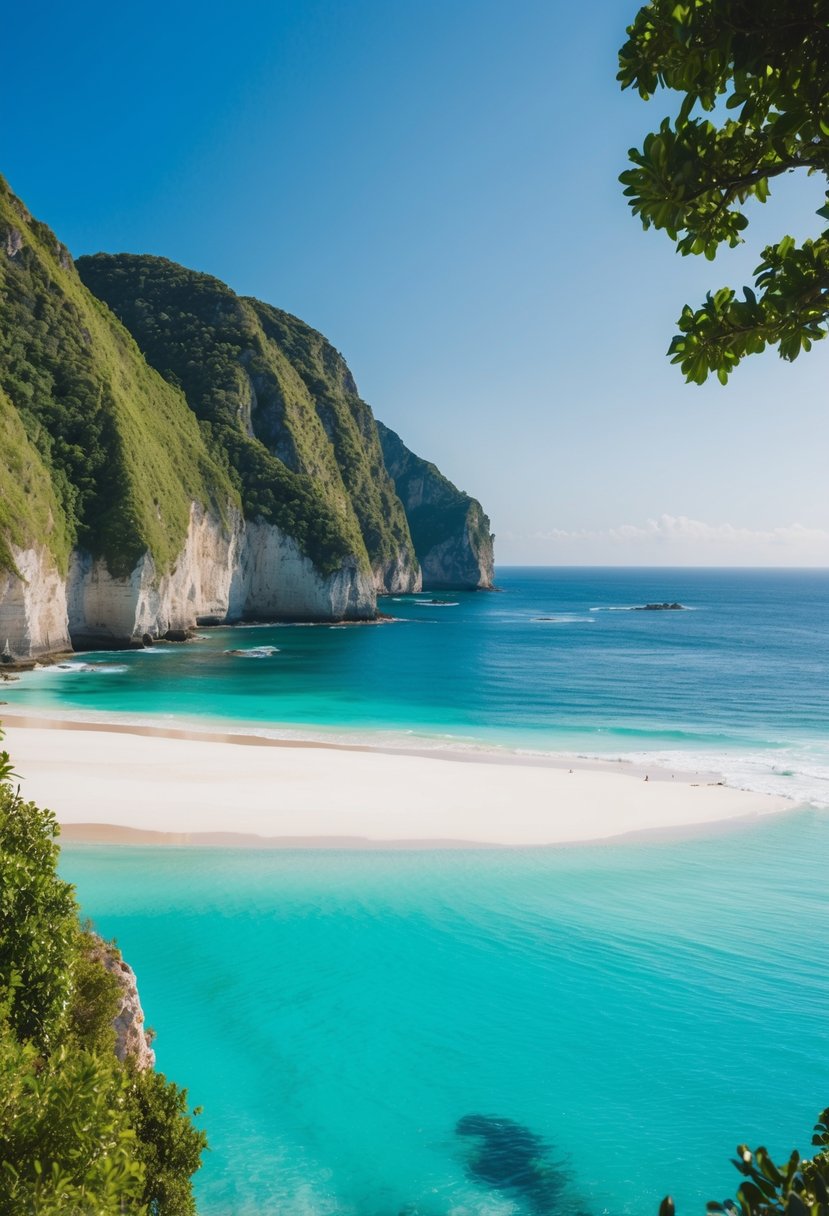
Nyang Nyang Beach is known for its long stretch of white sand, measuring almost 2 kilometers. It stands out as one of the less crowded beaches in Uluwatu.
Accessing the beach requires a small staircase from the parking area. The path is not ideal for everyone, particularly those with mobility challenges.
Visitors enjoy the tranquility and natural beauty of Nyang Nyang. It’s a great spot for relaxation and taking in scenic views.
The beach is part of a larger coastline that includes Nunggalan Beach. Together, they create a beautiful and peaceful escape for travelers.
Many people appreciate the serene atmosphere, making it a hidden gem among Bali’s beaches. It offers a unique experience away from the busier tourist areas.
Those looking for a quieter day by the sea often choose Nyang Nyang Beach for its stunning surroundings. It is a must-visit for anyone exploring Uluwatu.
5) Uluwatu Beach
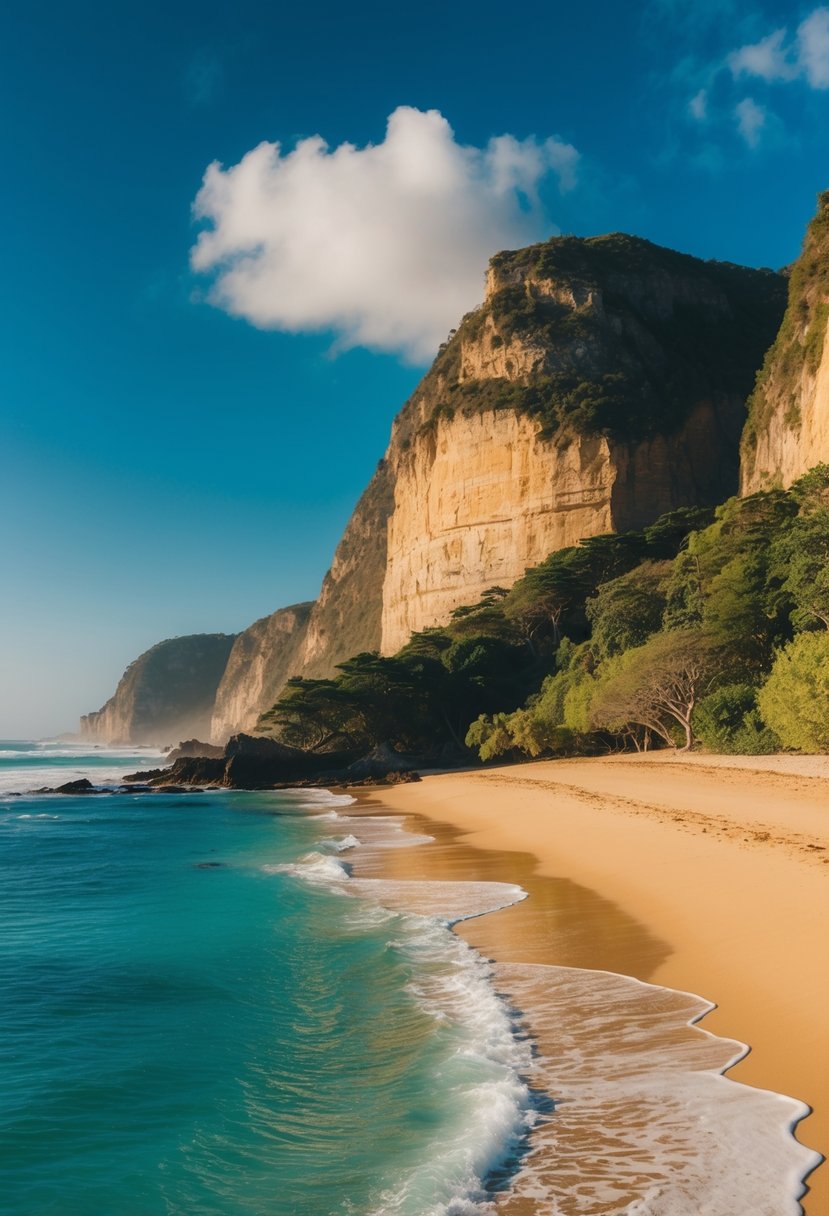
Uluwatu Beach is a charming spot located in the heart of Uluwatu. This beach is also known as Suluban Beach, famous for its unique setting.
Surrounded by tall limestone cliffs, Uluwatu Beach offers stunning views. The beach is small, with golden sand and clear waters. It’s a great place for sunbathing and swimming, especially when the tide is low.
Surfing enthusiasts also frequent this beach. The waves here attract surfers from different skill levels. It’s a fantastic location to watch surfers tackle the challenging breaks.
Uluwatu Beach has several nearby cafes and shops. Visitors can grab a bite to eat or enjoy a refreshing drink after a day in the sun. The relaxed atmosphere makes it a perfect retreat.
As the day ends, the sunset views from Uluwatu Beach are breathtaking. Tourists and locals alike gather to take in the colorful sky. This beach truly embodies the beauty of Uluwatu.
Geography and Location
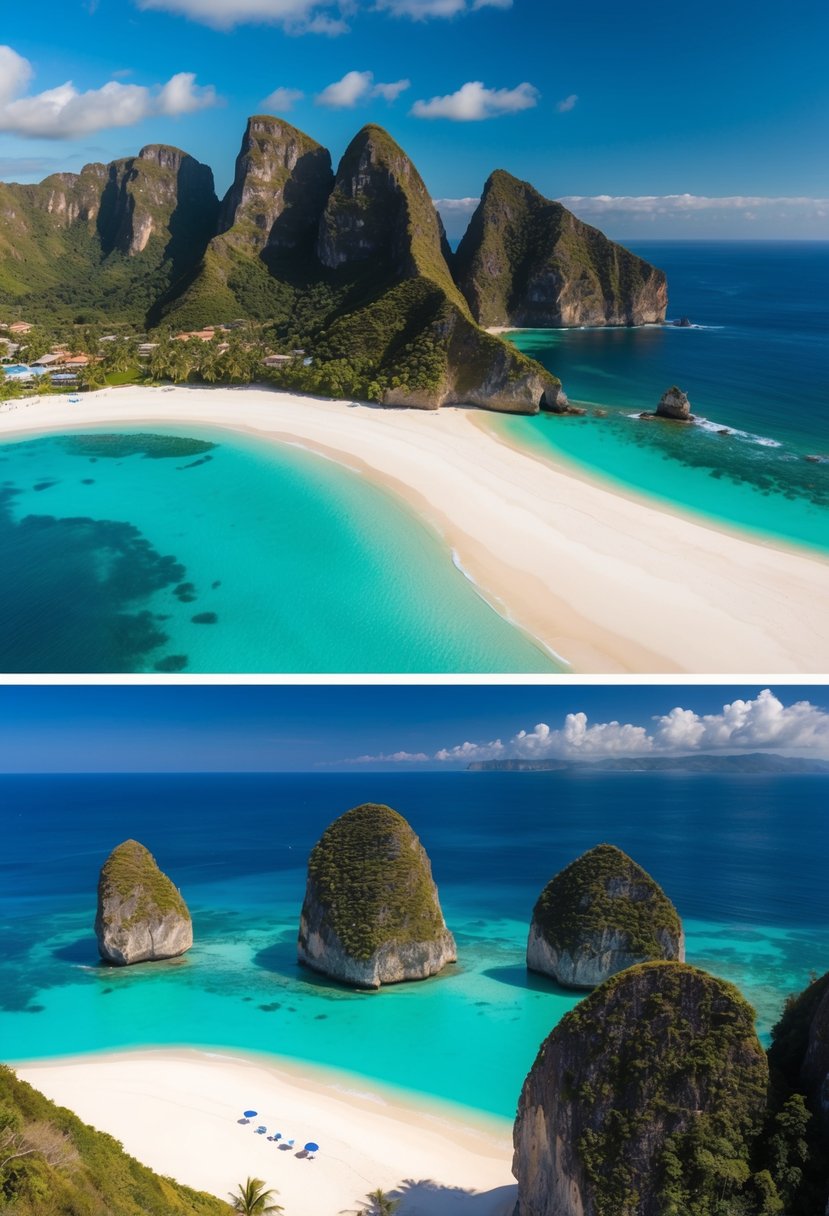
Uluwatu is located on the southwestern tip of Bali, Indonesia. It is famous for its stunning beaches and dramatic cliffs. The area features a warm climate, a diverse landscape, and unique coastal characteristics that attract many visitors.
Climate and Weather Patterns
Uluwatu experiences a tropical climate, characterized by two distinct seasons: the wet season and the dry season.
- Wet Season: This runs from November to March, bringing increased rainfall and humidity.
- Dry Season: From April to October, sunny days dominate, making it perfect for beach activities and outdoor exploration.
Temperatures remain consistently warm year-round, averaging between 75°F and 86°F. The strong ocean breezes can help cool down the heat during the day. Visitors may prefer the dry season for ideal beach weather.
Unique Coastal Features
Uluwatu boasts impressive coastal features that contribute to its allure. High cliffs define the coastline and provide breathtaking views of the Indian Ocean.
Notable beaches include:
- Padang Padang Beach: Known for its unique rock formations and clear waters, perfect for surfing.
- Melasti Beach: Features dramatic limestone cliffs and offers stunning sunsets.
The combination of white sandy shores and vibrant marine life makes Uluwatu’s beaches a paradise for nature lovers. Its tide pools and coral reefs also invite exploration and adventure.
Cultural and Historical Significance
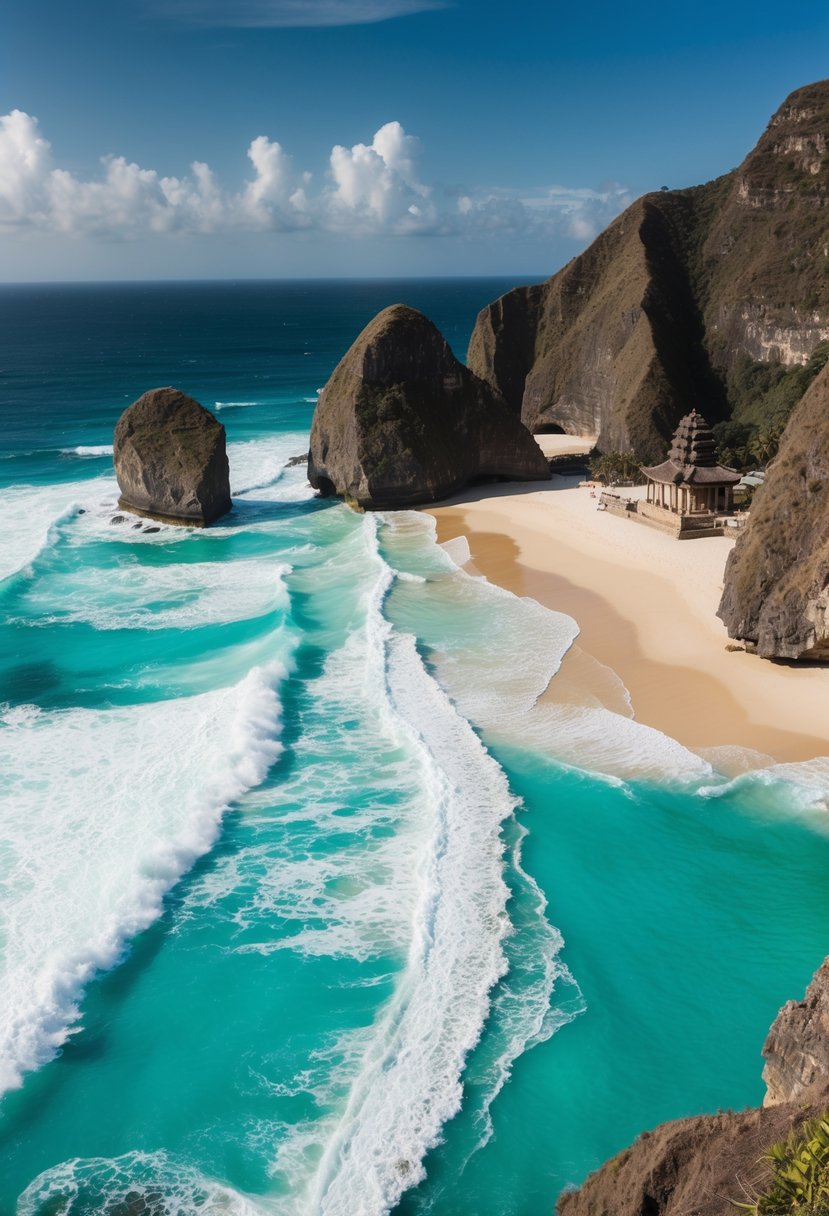
Uluwatu is not just known for its stunning beaches; it is also rich in cultural and historical significance. Local traditions and the area’s history contribute to the unique atmosphere that makes it a popular destination. Visitors can explore local customs and learn about the important historical landmarks.
Local Traditions and Practices
Uluwatu is home to several unique local traditions that reflect the Balinese culture. Rituals often incorporate offerings called “canang,” made of flowers and fruit, placed in temples and homes. Locals dedicate these offerings to honor the spirits and deities.
The Kecak Dance is another important cultural experience. Performed at sunset near Uluwatu Temple, this traditional dance tells the story of the Ramayana. It features a chorus of men chanting in unison, creating a captivating atmosphere.
Additionally, Balinese ceremonies frequently occur on the beaches, celebrating significant life events. These events draw both locals and tourists, allowing visitors to witness the vibrant traditions firsthand.
Historical Background
Uluwatu has historical importance, largely attributed to its ancient temple, Pura Luhur Uluwatu. This temple, built in the 11th century, is one of Bali’s key sea temples. It serves as a spiritual landmark for fishermen and is dedicated to protecting the island from evil spirits.
The region was also influenced by the Majapahit Empire, which shaped much of Bali’s culture. The cliffs surrounding Uluwatu provide not just beautiful views but also have historical significance as natural fortifications.
Visitors can see remnants of history in the architecture of the temple and nearby structures. Exploring these sites allows for a deeper appreciation of both the past and its continued influence on present-day Uluwatu.

